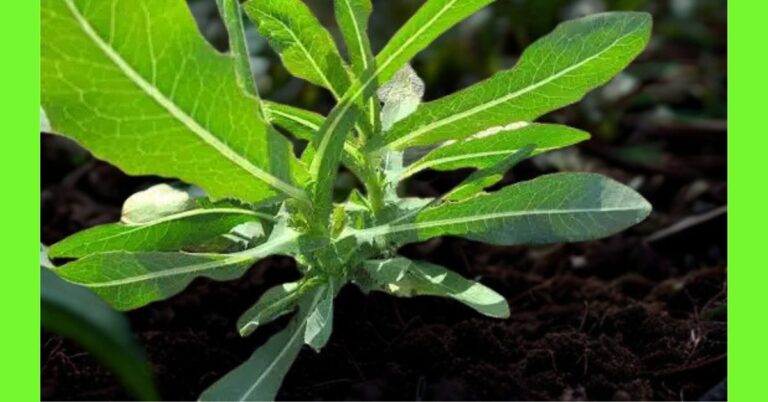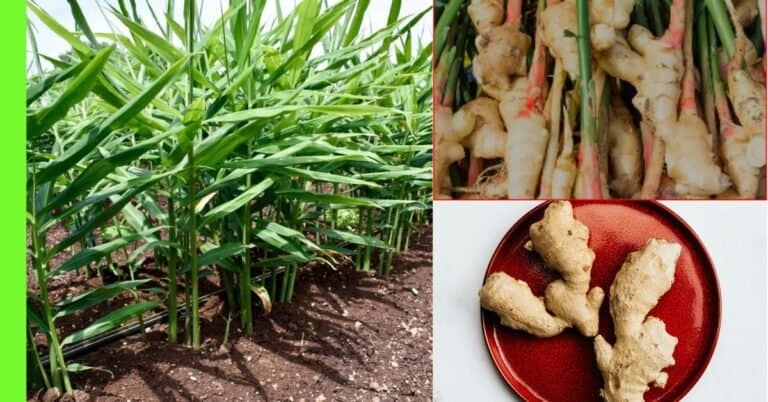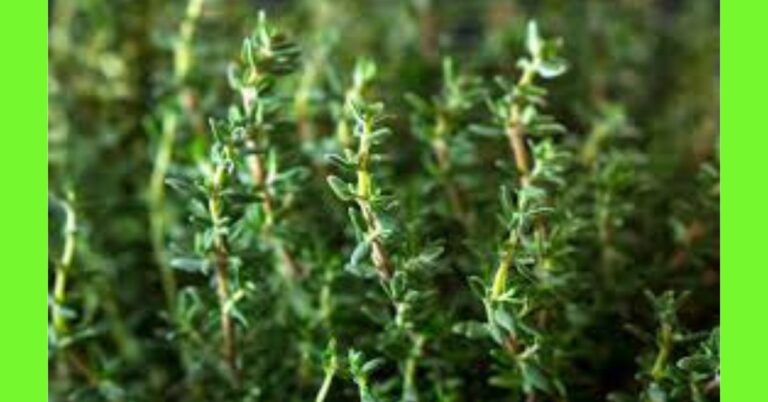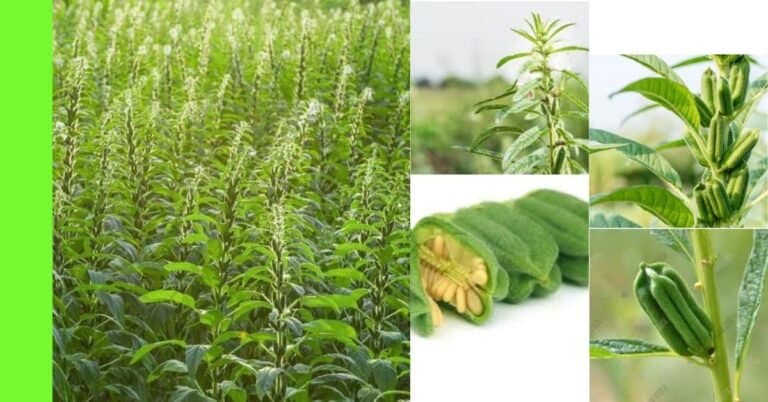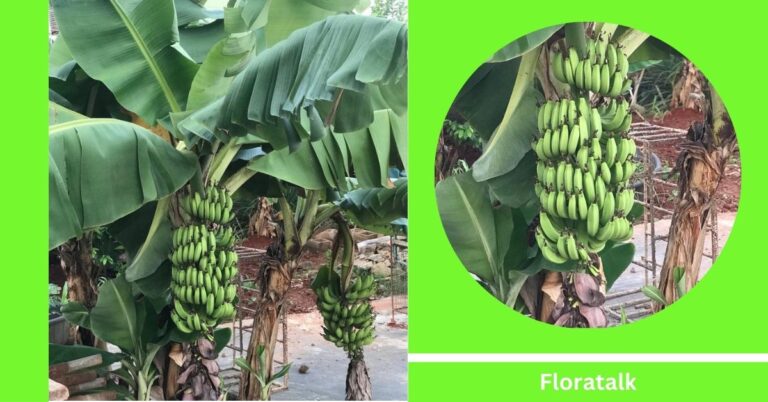How to Plant Purple Star Apple in Nigeria: A Complete Guide
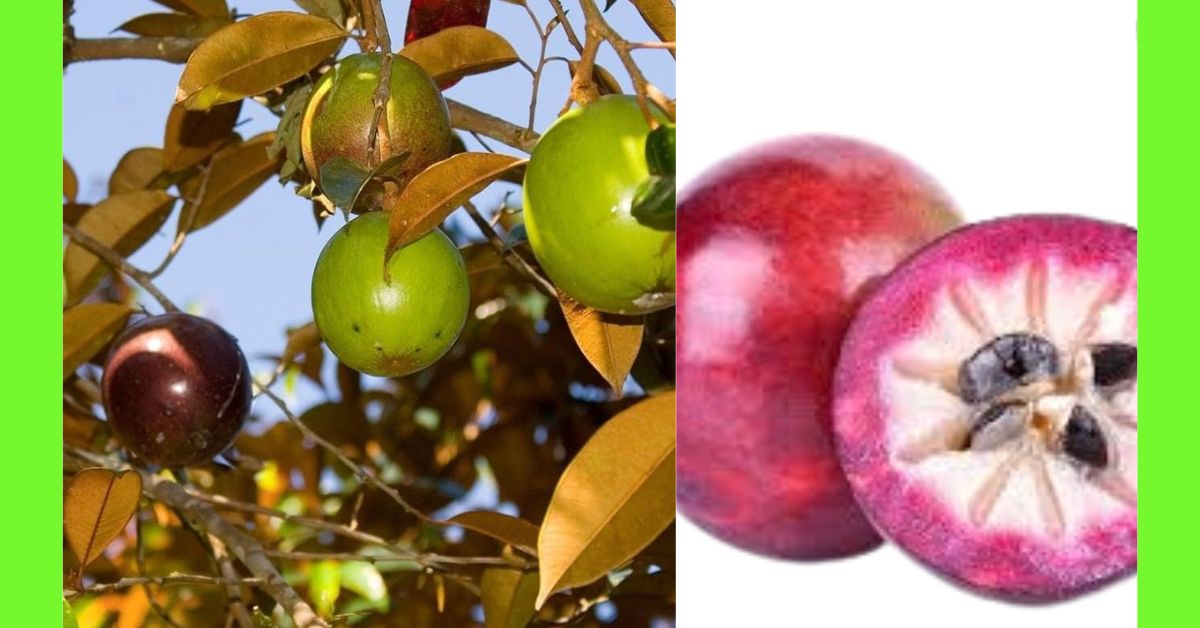
The Purple Star Apple (Chrysophyllum cainito), with its striking purple skin and sweet, creamy flesh, is a tropical delicacy that is gaining popularity among farmers and fruit lovers in Nigeria.
Known for its unique star-shaped pattern when cut, the fruit is not only visually appealing but also rich in vitamins, minerals, and antioxidants.
Beyond its nutritional value, Purple Star Apple has good market potential in local and regional fruit markets, making it an attractive crop for commercial and backyard cultivation.
With Nigeria’s warm climate and fertile soils, this fruit can thrive when planted and managed properly.
This guide will walk you through everything you need to know from choosing the right location
and planting methods to caring for the trees, controlling pests, and harvesting for maximum yield.
Description of the Plant
The Purple Star Apple (Chrysophyllum cainito) is a tropical fruit tree recognised for its round, glossy purple skin and sweet, milky-white pulp, which reveals a star-shaped pattern when cut.
Native to the Caribbean and Central America, it thrives in warm climates, such as those found in Nigeria.
The tree is evergreen, with oval leaves that are dark green on top and golden-brown underneath.
It can grow up to 15 meters tall and begins fruiting within 3–5 years under good care.
The fruit is not only delicious but also rich in vitamins A and C, calcium, and antioxidants, making it both a delicacy and a healthy snack.
Planting Season for Purple Star Apple in Nigeria
In Nigeria, the best time to plant Purple Star Apple is at the start of the rainy season, typically between April and June in the southern regions and May to July in the northern parts.
Planting during this period ensures the young seedlings get a consistent natural water supply for proper root establishment before the dry season.
However, with proper irrigation, it can be planted almost year-round.
Planting the Purple Star Apple
Step 1 – Choose a Location
Select a sunny location with well-drained, fertile soil.
Purple Star Apple trees prefer loamy or sandy-loam soils with a pH between 5.5 and 7.5.
The site should have enough space for the tree’s wide canopy, at least 8–10 meters apart from other large trees or structures.
Avoid waterlogged areas as they can cause root rot.
Step 2 – Land Clearing and Preparation
- Clear weeds, shrubs, and tree stumps from the site to prevent competition for nutrients.
- Till the soil to loosen it and improve aeration.
- Create planting holes measuring about 60 cm wide and 60 cm deep.
- Mix the topsoil with well-rotted manure or compost before returning it to the hole.
Step 3 – Means of Propagation
Purple Star Apple can be propagated by:
- Seeds: The most common method in Nigeria seeds are easy to source from ripe fruits.
- Grafting or Budding: Produces faster-fruiting trees (2–3 years instead of 4–5) and preserves the qualities of the parent plant.
- Air Layering: Used by experienced growers for specific cultivars.
Step 4 – How to Plant Purple Star Apple from Seed
- Select ripe, healthy fruits and extract the seeds.
- Wash off any pulp residue to prevent fungal infections.
- Sow the seeds directly in prepared nursery bags or seedbeds about 2–3 cm deep.
- Water lightly and place in partial shade until germination (usually 2–4 weeks).
- Once seedlings are about 30–45 cm tall and healthy, transplant them into the field.
- Plant each seedling in the prepared hole, ensuring the root ball is covered and the soil is gently firm around it.
Step 5 – Watering
Water young plants regularly, especially during the dry season, to keep the soil moist but not waterlogged.
Mature trees are more drought-tolerant but will benefit from supplementary watering during prolonged dry spells to boost fruit yield.
Step 6 – Apply Manure
Apply well-rotted farmyard manure or compost at planting time and annually at the start of the rainy season.
During the fruiting stage, apply NPK fertiliser or organic alternatives to encourage healthy fruit development.
Maturity and Harvest
Purple Star Apple trees grown from seed typically take 4–6 years to bear fruit, while grafted trees can fruit in 2–3 years.
Fruits mature 4–5 months after flowering.
A ripe fruit has smooth, glossy skin and yields slightly to gentle pressure.
Harvest by hand or use a picking pole to avoid damaging the fruit and branches.
Pests and Diseases
Common pests include:
- Fruit Flies: Cause fruit damage and spoilage.
- Aphids: Suck sap from young shoots, stunting growth.
- Mealybugs: Weaken the tree and promote mould.
Common diseases include:
- Anthracnose: A Fungal disease causing leaf spots and fruit rot.
- Powdery Mildew: White fungal growth on leaves, reducing photosynthesis.
- Root Rot: Caused by waterlogging or poor drainage.
Pest and Disease Control
- Cultural Practices: Keep the garden clean, remove fallen fruits, and prune regularly for airflow.
- Organic Sprays: Use organic spray solution for pest control.
- Chemical Control: Apply appropriate fungicides or insecticides when infestations are severe, following safety guidelines.
- Drainage Management: Ensure proper soil drainage to prevent root rot.
Conclusion
Planting Purple Star Apple in Nigeria can be a profitable venture and a source of delicious, nutrient-rich fruit.
By choosing the right site, planting at the right time, using quality seeds or grafted seedlings, and maintaining good pest and disease control, you can enjoy bountiful harvests for years.
With proper care, this fruit can thrive in Nigeria’s tropical climate, providing both income and nutrition.
Hope this article was helpful.

